In 2011, I spent the summer in New York interning for Emiliano Granado. To this day, he is one of the nicest people I have ever met. I learned a lot from him and also met some really incredible people while working in the city. One of those people was his studio manager, Laurel Golio. Laurel is also a photographer and we spent tons of time together in the studio chatting about life and dusting photos.
Around the time I met Laurel she had started a project called We Are The Youth, and from day one I was interested. I’m happy to say that the project is still going strong, and I was able to ask Laurel a few questions about We Are The Youth and the future of the project.
AB : Laurel! Tell us a little bit about yourself and about how this project got started.
Hello! I’m a photographer/visual anthropologist based in Brooklyn, NY. My work revolves around the examination of community and its various subcultures, with a focus on using portraiture to investigate issues of self-presentation and identity.
I co-founded We Are the Youth in 2010 with a childhood friend of mine, Diana Scholl. We Are the Youth is a photojournalism project that shares the stories of lesbian, gay, bisexual, transgender and queer youth in the United States. I handle the photographic side of We Are the Youth and Diana handles all things journalism. Diana and I currently have a great intern (hi, Corina!) and we’ve had a number of great interns and assistants over the past few years who have been a huge help, but the core team has always been the two of us.
Diana and I started the project for a few reasons — around 2010 there was a bit of coverage in the mainstream media of queer youth, most stories in relation to high school proms (many queer youth were denied permission to bring their same-sex date to prom) and some coverage of queer youth being bullied or committing suicide. These are important issues to cover, but we felt frustrated at the limited portrayal of LGBTQ youth and wanted to create a platform where a wide array of stories from a unique and diverse community could be shared.
Diana and I are both queer, so this was always a personal and important issue for us. Although we grew up in a fairly liberal, diverse community I definitely struggled with my queerness. When we started the project (and to this day), we’d been talking a lot about a way in which we could create a space that queer youth could access and see stories similar to their own. To go beyond one dimensional/limited visibility and share a lot of different stories from a lot of different people in the hopes that queer youth, wherever they are living, might feel a bit less isolated.

Zeam, Age 17, Minneapolis, MN, 2015
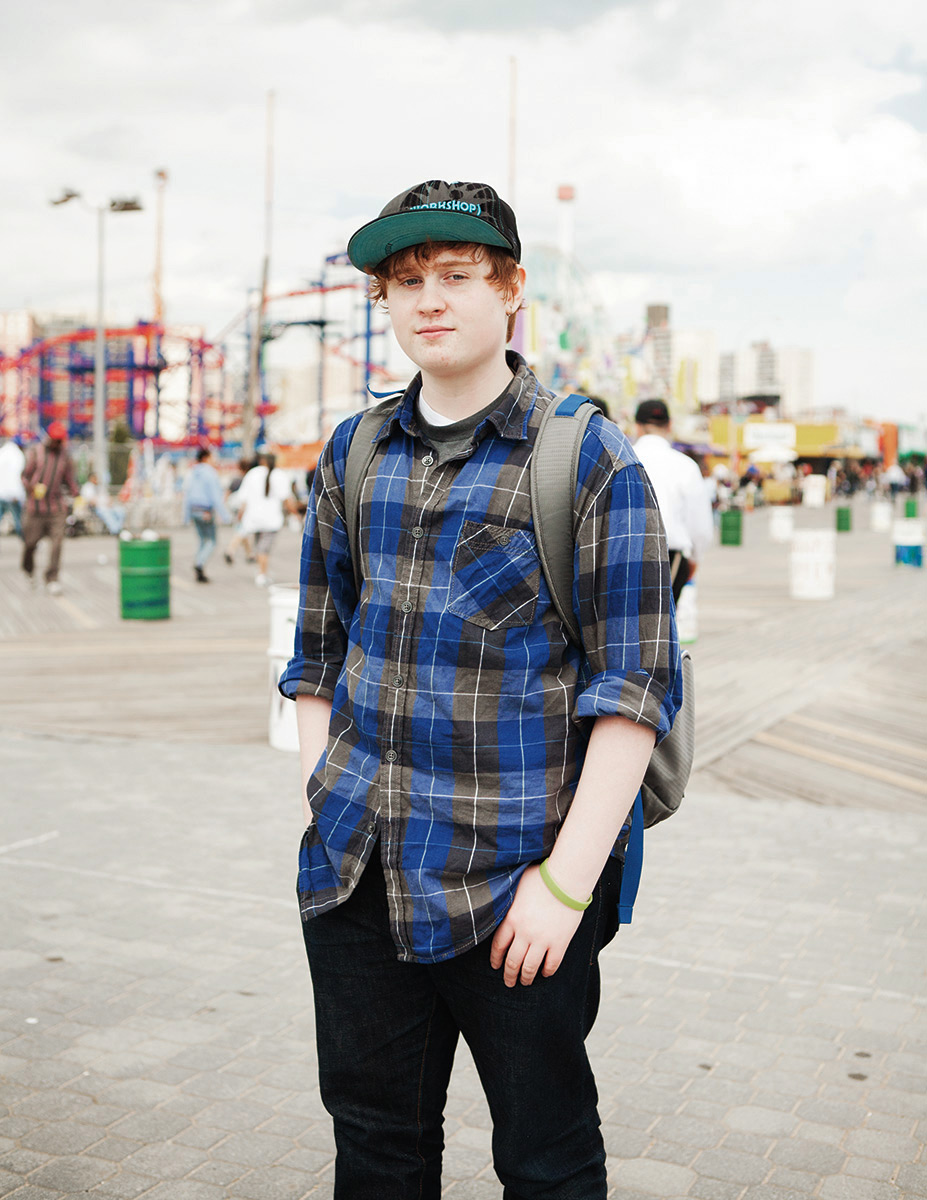
Isaac, Age 16, New York, NY, 2011
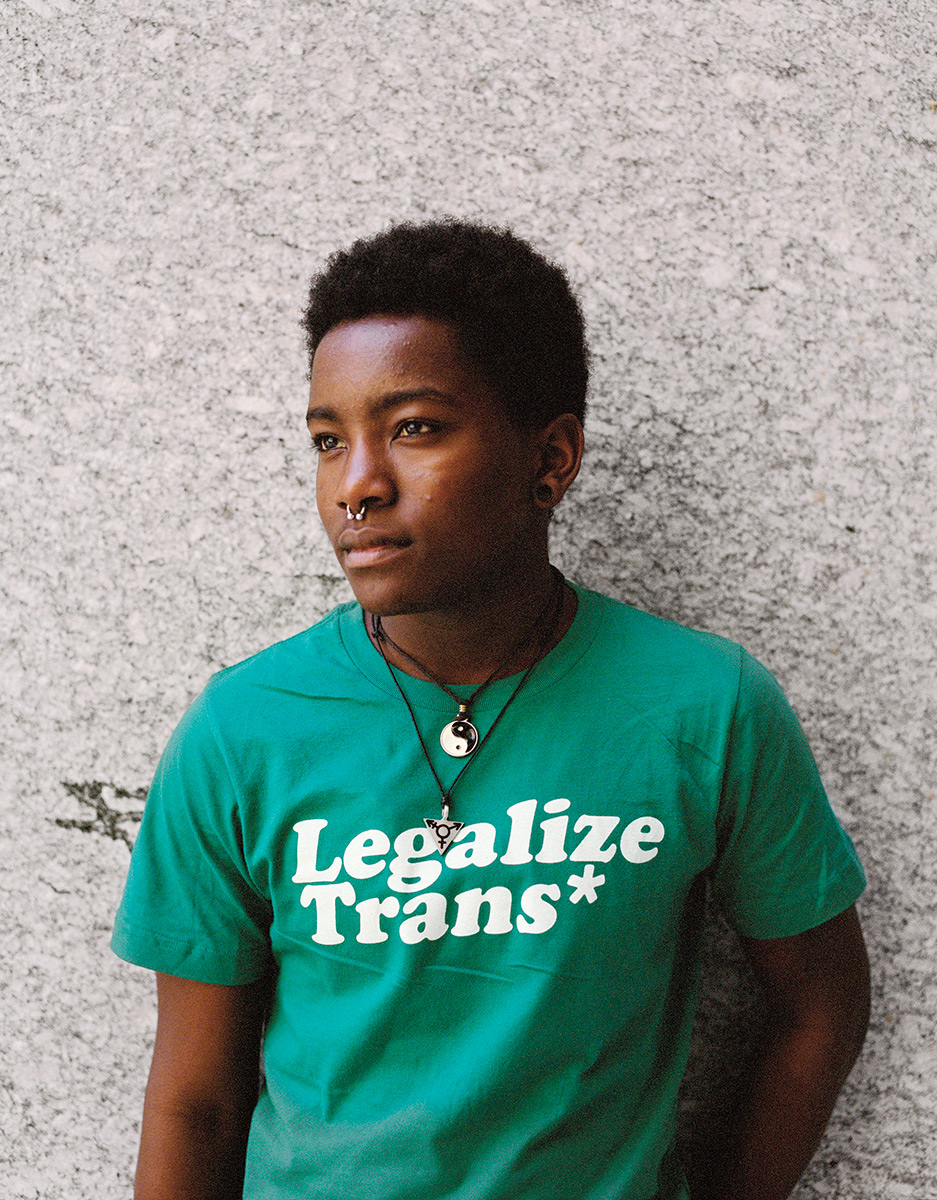
Blake, Age 17, Charlotte, NC, 2013
AB : How did your personal work as a photographer help develop this project? Did it start from a personal project or was this always a collaborative project?
It was always a collaborative project. Around 2010, I was thinking about photographing queer youth and that idea was more or less the seed that grew into the project. I was talking to Diana, who was freelancing at the time, and she suggested that it might be cool to have interviews accompany the portraits, so that’s how the project was born. We attended a gay prom in Yonkers, NY and I photographed about 200 youth, and then Diana started reaching out to interview them.
Working on the project has definitely helped me refine my approach to portraiture and become more comfortable interacting with people in that context. It’s allowed me an access point to continuously shoot a group of individuals I’m visually interested and would want to document even if I wasn’t doing this project, so that’s been really wonderful.
AB : What were the biggest obstacles in getting a project like this off the ground? Did you struggle to find support and or funding?
Funding and time have definitely been the two biggest obstacles.
Aside from the occasional show or event, traveling is our biggest expense, so figuring out how we were going to fund travel was, and still is, a big challenge. Because the project mostly exists online it was easy to get started. We bought a domain, got a website up and starting interviewing youth in the NY area. Once we had a few profiles done and had a clearer idea of what we were trying to do, we realized we had to do some traveling if we were going to share diverse stories and experiences.
We received two grants when we first started out — a Do Something Grant and a grant from the Brooklyn Arts Council, both of which helped get the project off the ground. We’ve also been really lucky to work with a lot of organizations that have offered support in different ways, so that’s been very helpful, but funding is always a struggle and we’re constantly trying to come up with new and creative ideas to grow the project.
Also, both Diana and I work other jobs — she’s a full time staffer at the ACLU and I’m a freelance photographer — so we’ve definitely had to work on our time management skills. I’d say we fall somewhere between energetic and a little bit crazed, depending on the week (I’m sort of joking here?), but we’ve somehow made it work.
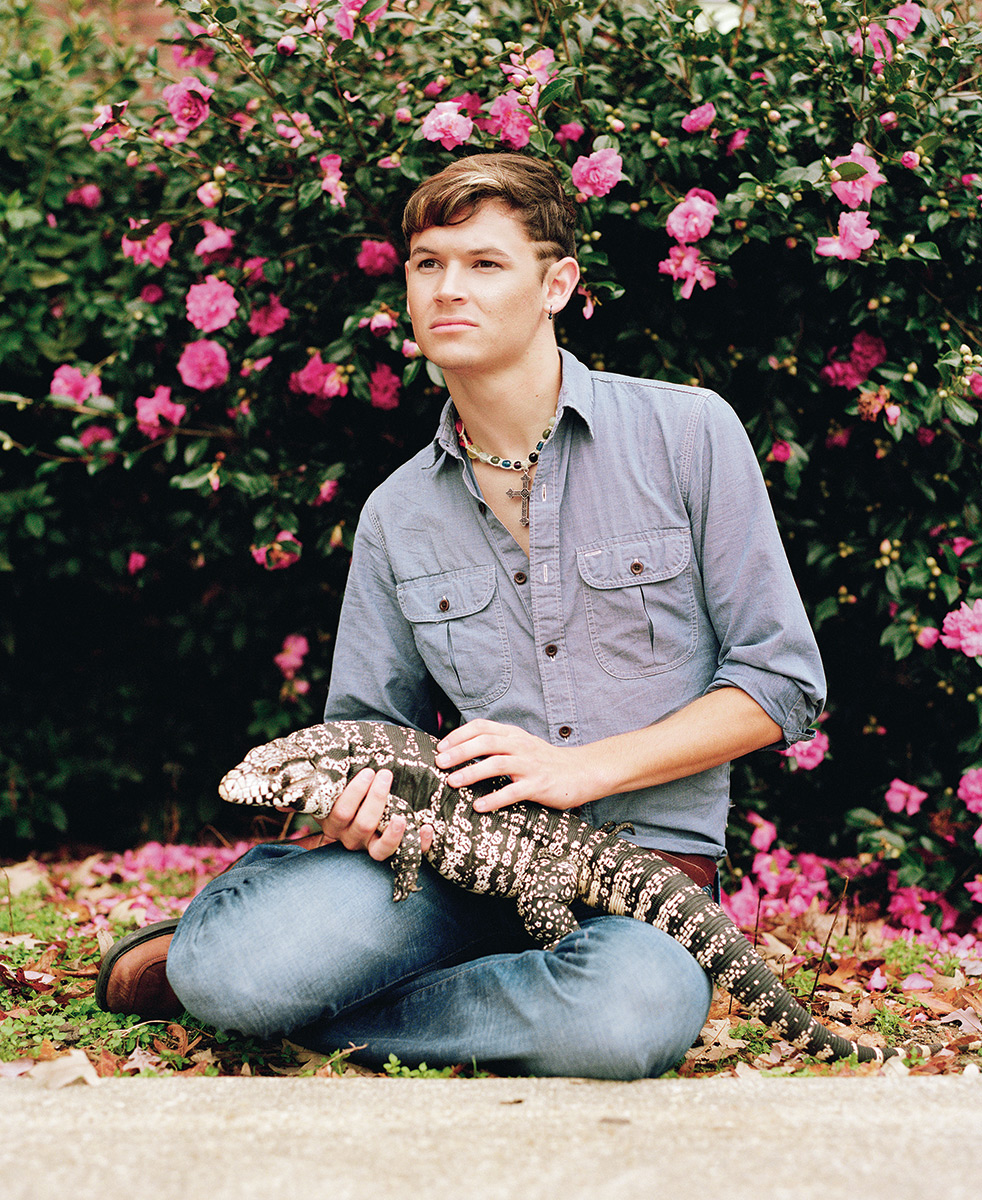
Braxton, Age 20, Auburn, AL, 2010
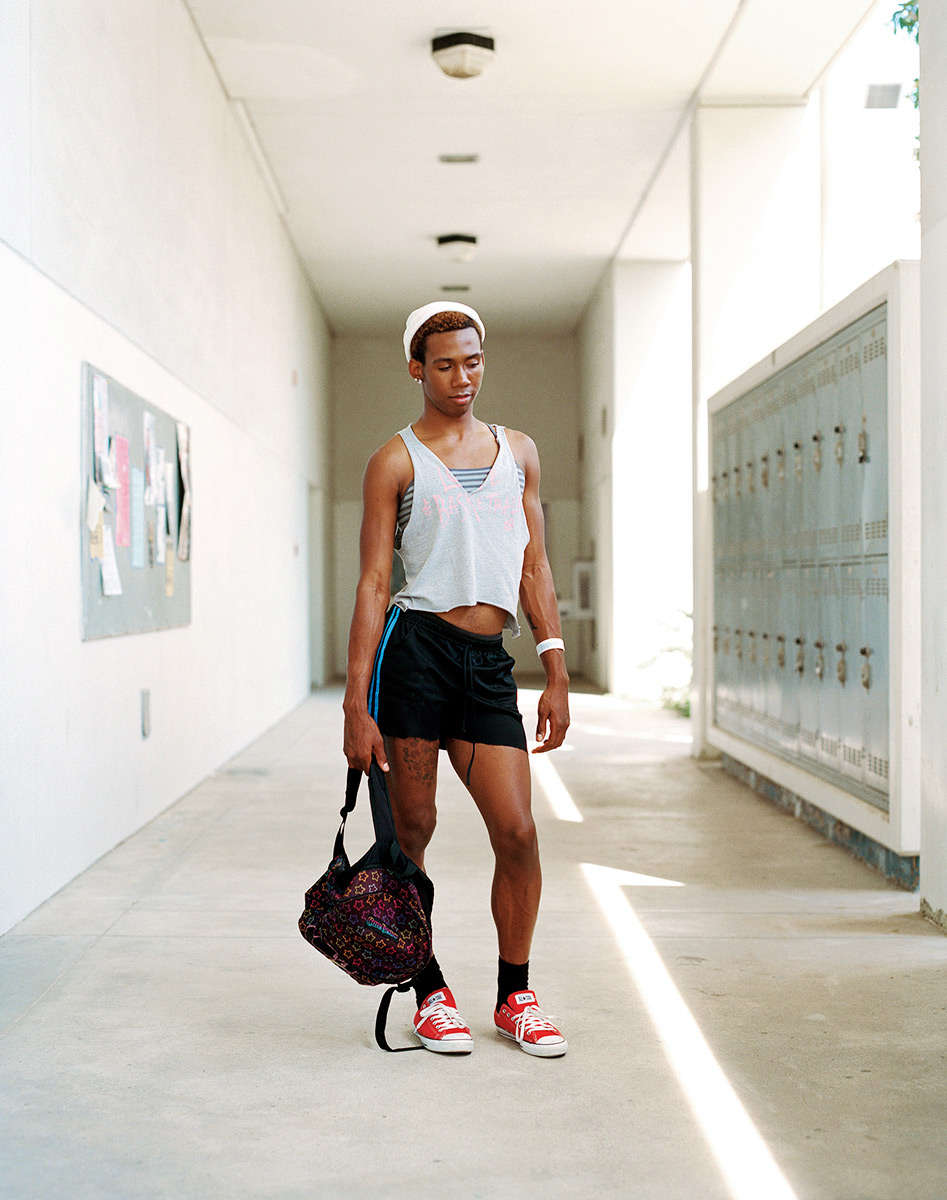
Mahlon, Age 20, Riverside, CA, 2013
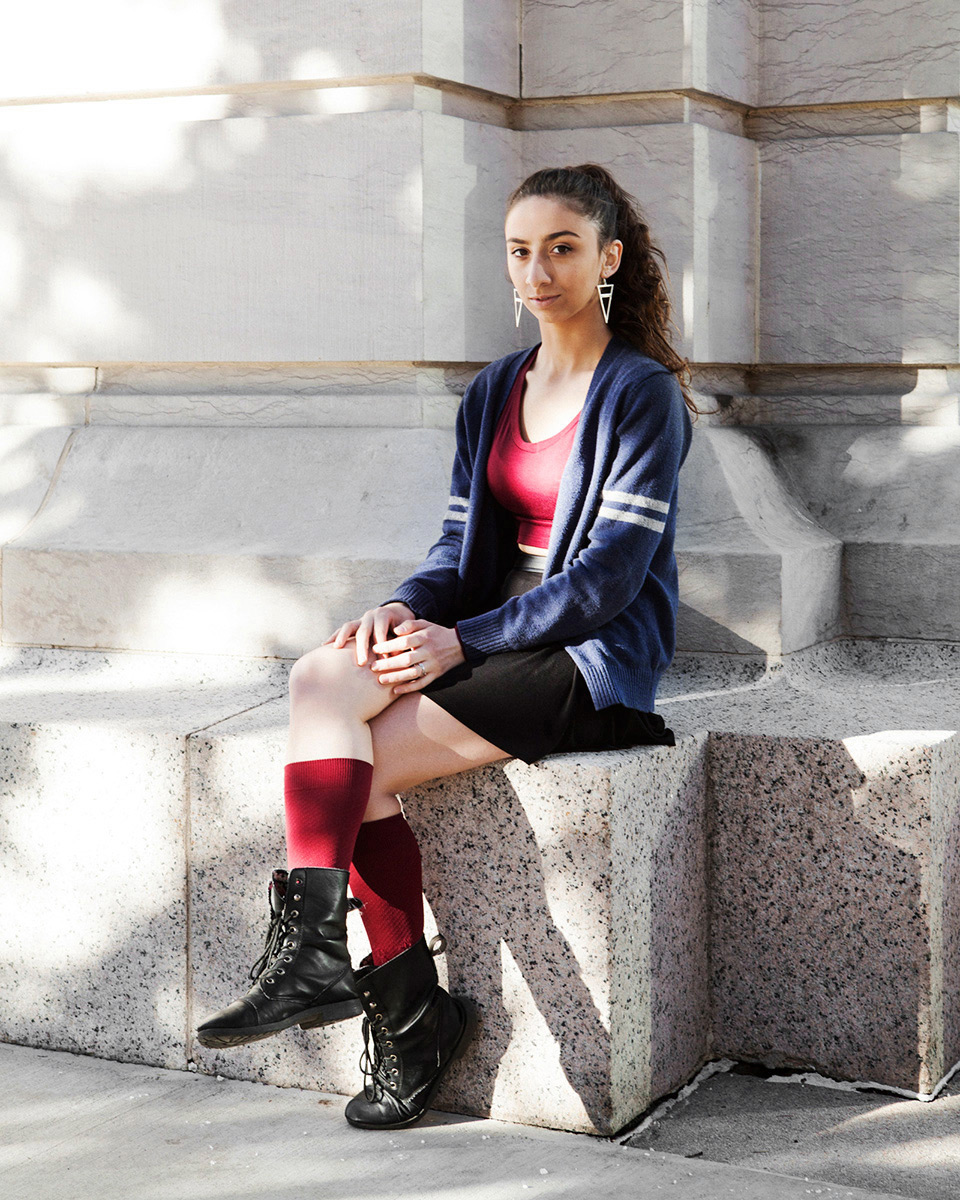
Caitlyn, Age 18, Las Vegas, NV, 2015
AB : How successful was Kickstarter for you guys? Did that fund the book?
We’ve done two Kickstarter campaigns, one in 2010 and then again in 2012. The first campaign was when the project was just getting off the ground — we had 1 or 2 profiles up on our Blogspot (yes, I know, Blogspot, throwback to 2010!). We raised about $2,500 fairly easily, I think because people — mostly our friends and family — were excited to support a new project and also, there wasn’t such Kickstarter fatigue since it was a new fundraising platform.
The 2012 campaign funded a trip to the Midwest, but that campaign was much harder for us to complete. We were aiming to raise $7,000 which seemed like a feasible amount since the project had grown a lot since 2010 and we had gained some social media presence, but it was definitely much more of a struggle than we anticipated. We hustled non-stop to get that money!
The book was funded by Space-Made, an alternative media company founded by activist and TED-talker, Cameron Russell. Cameron had seen some of my work on Tumblr and reached out to me to shoot a few stories for Interrupt Magazine, Space-Made’s publication. She then offered to fund the printing of our book, which was amazing and generous.
AB : Do you plan to produce more publications with this project? Maybe annually?
Diana and I always envisioned the project turning into a book at some point, and now that it has, we’re in the process of discussing next steps. The hope has always been to share a really diverse range of stories and experiences, and bring as much exposure to those stories as possible – so that could mean another publication in the future. We’re not opposed to it, but I’m guessing that it won’t be an annual thing.
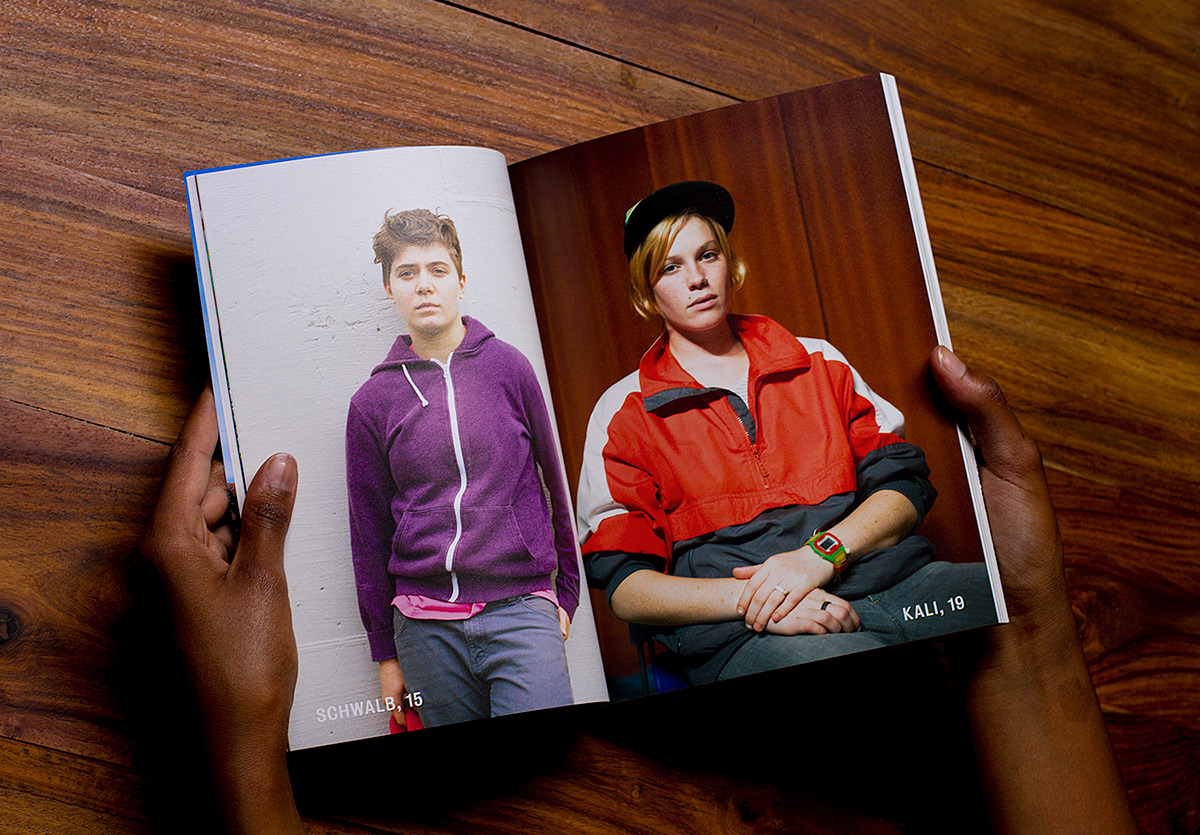
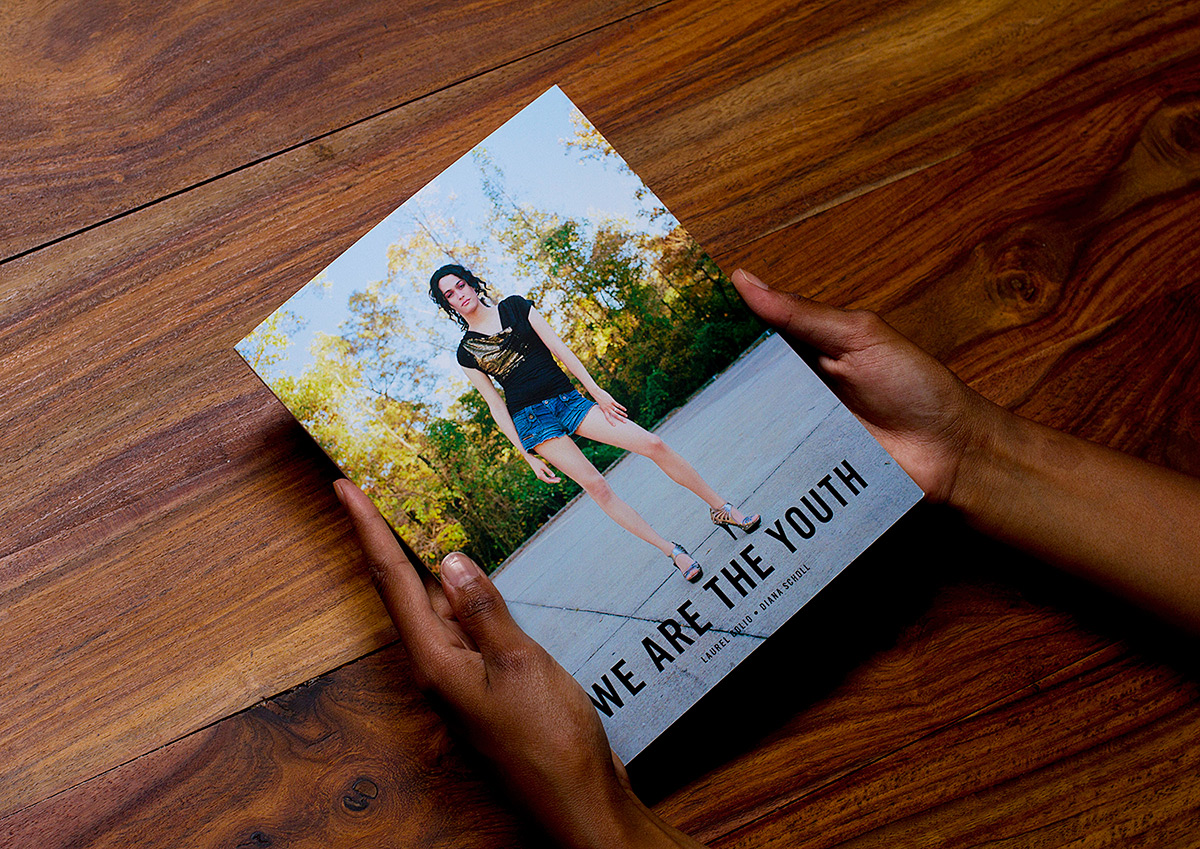
AB : What have been the biggest rewards of this project?
The biggest rewards of the project (and I think Diana would agree) have been the relationships we’ve formed with the participants and the feeling that we’ve been able to provide some sort of a platform for queer youth to share their stories. The validation and agency that young people get from sharing their stories and being able to represent themselves the way they choose is such a powerful thing, and being able to provide a space where queer youth can do that has been a really moving and humbling experience.
Also, the feedback we’ve gotten from people who might not have been exposed to these stories/experiences has been amazing. I got the a voicemail from a 91 year old relative of mine a few months ago. He had just finished the book and called to say he had been “moved to tears by the stories and that he finally understood what his gay friends must have gone through growing up in the 1930s and 40s; how it must have been so hard for them, even though they never talked about it.” That kind of stuff is really incredible to hear, and definitely motivates us to continue the project.
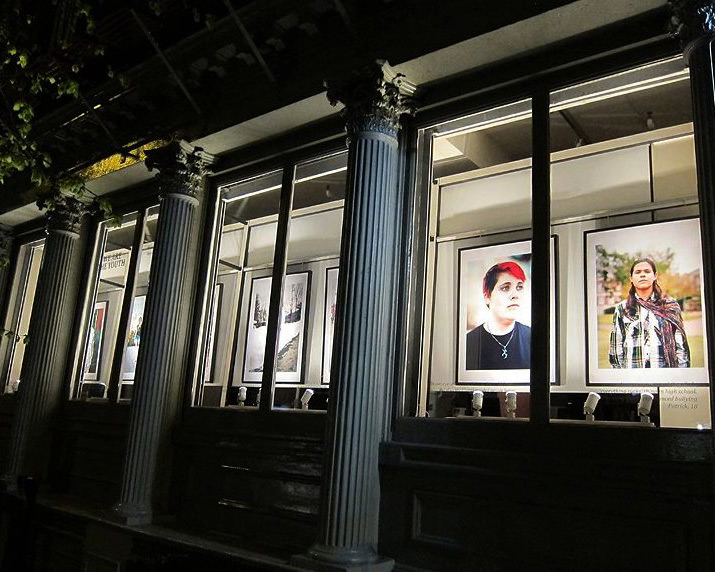


AB : Whats next for We Are The Youth?
Continuing to share stories of queer youth, for sure! We’ve been booking more speaking engagements this year, which is new (and awesome and scary) for us, so we’re hoping to do more of that in the coming months. Diana and I have started talking about an upcoming trip, maybe in the fall of this year or early 2016 — there are so many places we haven’t been yet, so more travel is always on the agenda.
AB : How can people help support this project?
There are lots of ways to support the project. Our book is for sale through Amazon (and Aint–Bad!) and donations can be made on our website. And if you’re a student or educator, check out our events page and bring us to your city!

Laurel Golio is a photographer and visual anthropologist. Her work revolves around the examination of community and its various subcultures, with a focus on using portraiture to investigate issues of self-presentation and identity. Laurel’s work has appeared in The Oxford American, Printed Pages and the British Journal of Photography. She graduated from Smith College. See more of her work at laurelgolio.com
Diana Scholl is an award-winning writer whose work has appeared in New York Magazine, POZ, and City Limits. Her City Limits article, “For Transgender Homeless, Choice of Shelter Can Prevent Violence” was recognized for Excellence in News writing by the National Lesbian and Gay Journalism Association. She currently serves as a communications strategist at the American Civil Liberties Union. She graduated from Northwestern University’s Medill School of Journalism.
View We Are The Youth’s full website here.